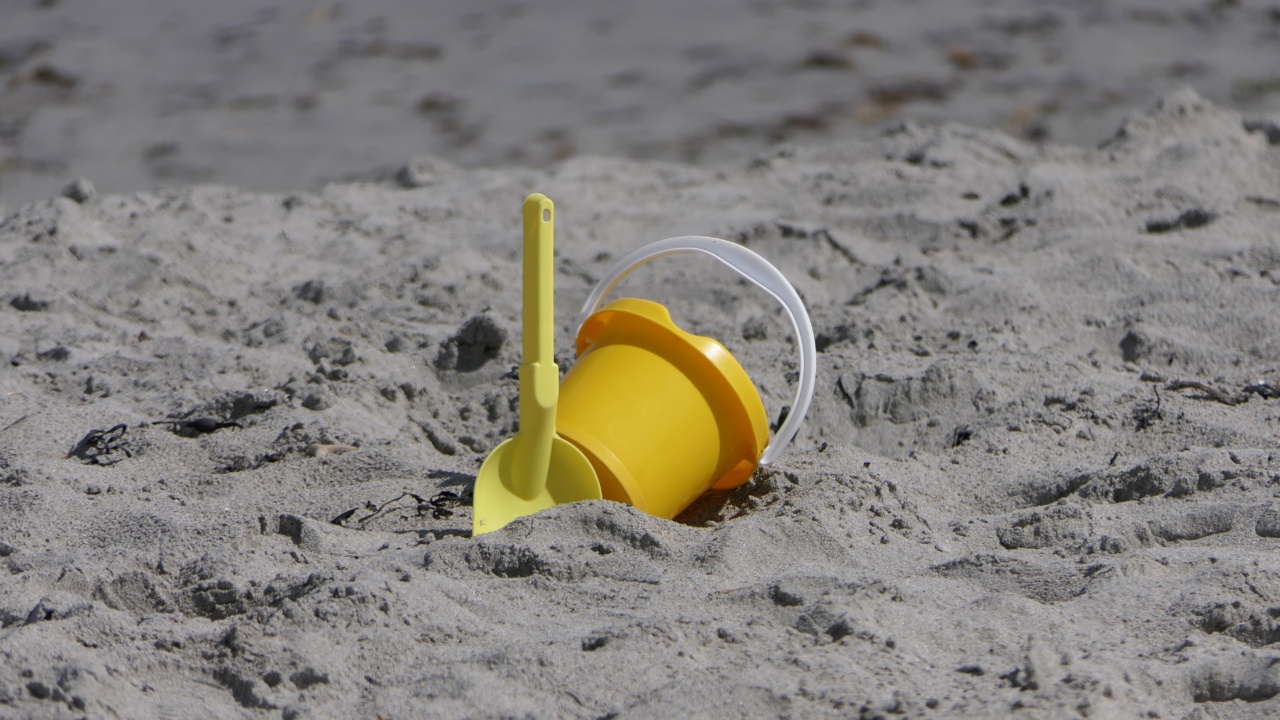Wearing helmets is always recommended when engaging in some risky activities such as cycling and motorcycle riding.
Although they may not necessarily prevent accidents from happening, they do offer some protection to the head and reduce the severity of injuries. However, there are downsides to wearing helmets that often go unnoticed or are ignored. The two major downsides to wearing helmets include overfeeding and urinary tract infections.
Overfeeding
Most people wear helmets for extended periods without realizing the effects of overfeeding. It is common to be fed while still wearing a helmet, especially when engaging in long rides or work that requires wearing helmets for hours.
Overfeeding while wearing a helmet can lead to headaches, dizziness, and nausea. Overfeeding happens when the helmet is too tight and puts undue pressure on certain parts of the head, such as the temples, forehead, and the back of the head.
Overfeeding can cause a serious health concern such as cerebrovascular disease, which can ultimately lead to death; thus, users should ensure their helmets are of the appropriate size and that they are correctly fitted.
When purchasing or being fitted for a helmet, it is recommended to take head measurements to determine the appropriate sizing for a specific helmet.
The helmet should be snug without being too tight, and the forehead should not be pressured, and the temple bones should not be squeezed. The back of the head should not press against the helmet’s edge, and the hair should be allowed to move gently within the helmet.
Urinary Tract Infections
Another downside to helmet use often ignored is the urinary tract infections. Research shows that urinary tract infections can be caused by helmet use, particularly when wearing helmets for extended periods.
The urinary tract has some bacteria that are harmless when present in normal amounts. However, situations such as prolonged helmet use increase the susceptibility of bacteria multiplying beyond normal limits. This can lead to urinary tract infections, including acute urinary tract infection and chronic prostatitis.
In such instances, individuals may experience a burning sensation while urinating, frequent urge to urinate, and blood in the urine, among others.
To minimize the risk of developing a urinary tract infection while wearing a helmet, it is recommended to limit the duration of use.
Individuals should take frequent breaks to go to the bathroom, where they should use the opportunity to relieve themselves adequately and encourage the free flow of urine.
Conclusion
In conclusion, helmets provide some protection to the head, but they also have some downsides. Overfeeding and urinary tract infections are two of the major downsides to wearing helmets that often go unnoticed.
To minimize these risks, individuals must ensure their helmets are appropriately sized, and they should take frequent breaks when wearing helmets to minimize prolonged use, which can increase the susceptibility to urinary tract infections.





























